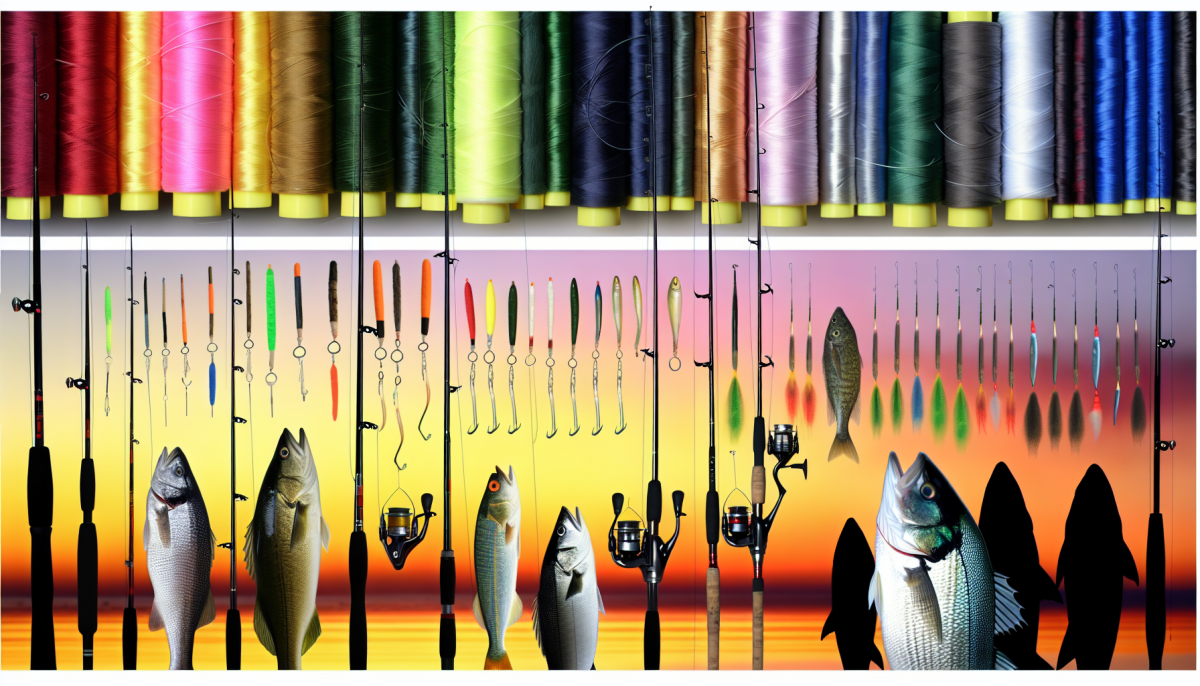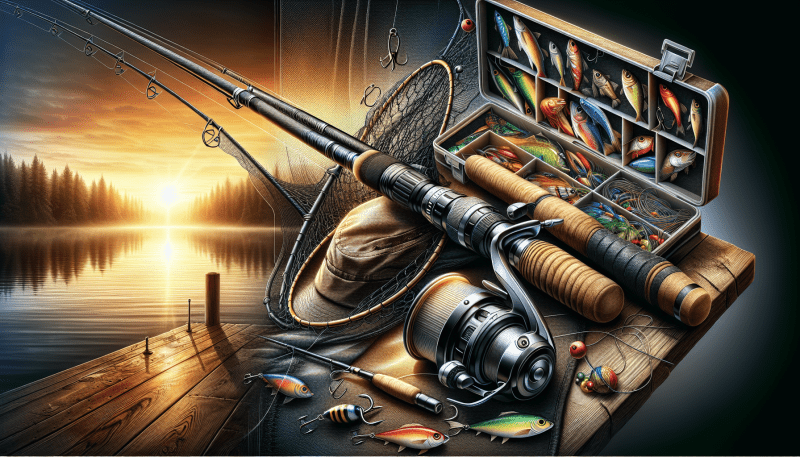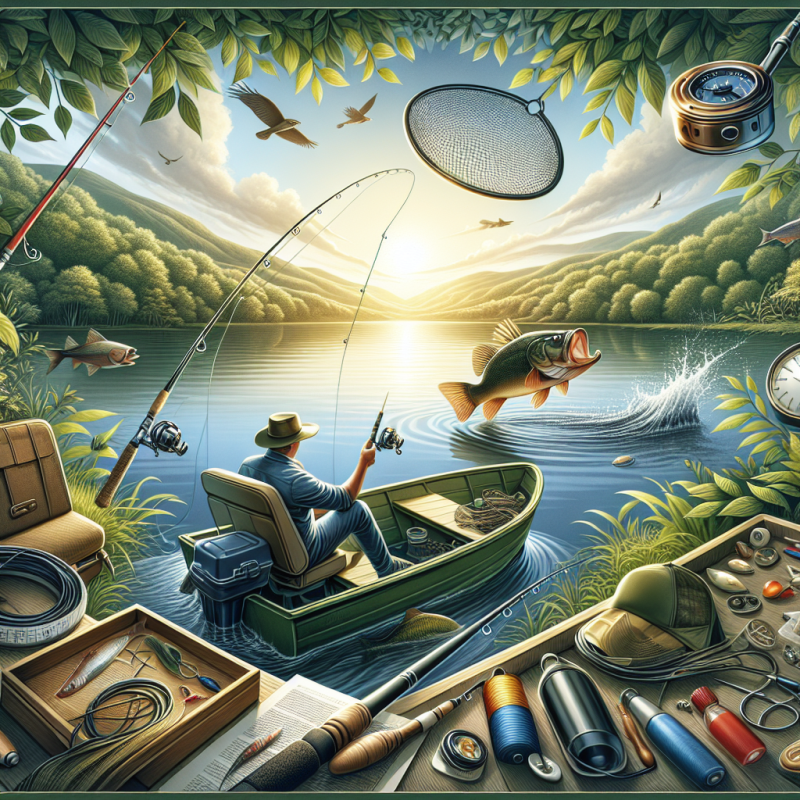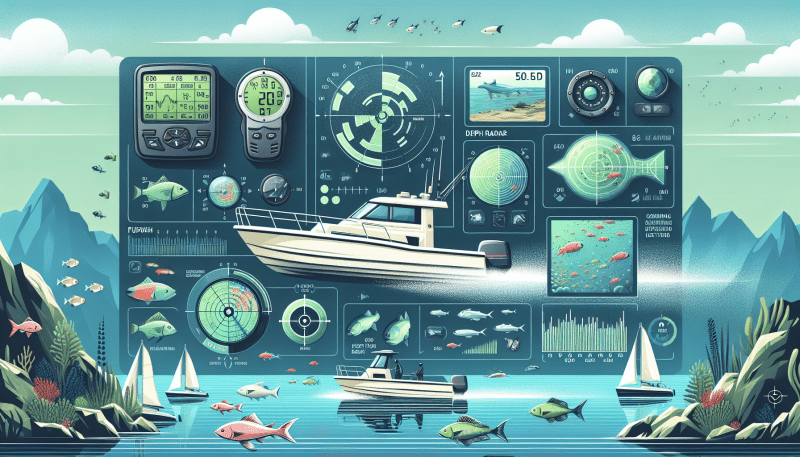Monofilament Fishing Lines: This is probably the most common type you'll come across. Monofilament lines are single-stranded and easy to handle. They're stretchy, which can help absorb shocks when a fish bites. Plus, they’re great for beginners since they are affordable and come in a range of colors. Just keep in mind that they can be more visible in clear water and may not last as long as other types.
Fluorocarbon Fishing Lines: If you want something that's less visible underwater, fluorocarbon is the way to go. It’s nearly invisible in water, which can trick picky fish into biting. It's also abrasion-resistant, making it ideal for fishing in rocky areas. The downside? It can be a bit stiffer and more expensive than monofilament. But if you're targeting cautious fish, it's definitely worth considering.
Braid Fishing Lines: Braided lines are known for their incredible strength without adding bulk. They have no stretch, which means you’ll feel even the slightest nibble. This makes them excellent for situations where sensitivity is key. Keep in mind, though, that they can be a little harder to handle, especially for beginners. Also, their visibility can be an issue in clear waters, so pairing them with a leader line is common practice.
Overall, the best fishing lines depend on where you’re fishing and what you’re targeting. Think about the conditions and what will make your fishing trip enjoyable. With a little understanding of these fishing line types, you’ll be better equipped to land that big catch!
Picking the Right Strength and Durability
First off, consider the fish you're targeting. Heavier fish require stronger lines, while smaller species can be caught with lighter, more delicate options. For instance, if you're going for bass, a line with a strength of 10-15 pounds should do the trick. But if you’re aiming for something bigger, like a pike, you might want to look for fishing lines rated at 20 pounds or more.
Durability is just as crucial as strength. You don’t want your line to snap during a crucial moment. Look for materials designed to withstand wear and tear. Monofilament lines are great for beginners—they're flexible and resistant to abrasion. Braided lines are tougher and have a much higher strength-to-diameter ratio, making them perfect for heavy use. Fluorocarbon lines are another great option since they’re nearly invisible underwater and less likely to get tangled.
Finally, think about the environment in which you'll be fishing. If you’re in rocky areas or around sharp structures, a more durable line will save you from lost catches. Don't forget to check the line's ratings regularly for any wear and tear, and replace them as needed to keep your fishing experience smooth and enjoyable.
How to Match Line to Your Fishing Style
When it comes to fishing lines, the right match can make a world of difference in your experience on the water. Different fishing styles require different types of lines, so understanding what you need is key. Here’s how to figure out what’s best for you.
1. Consider Your Fishing Technique: Are you casting from the shore, or are you in a boat? Using a fly rod or a spinning reel? Each technique has its own ideal line. For instance, if you’re into fly fishing, a weight-forward floating line is usually a good choice. If you’re casting from a boat or the shore, a braided line may help you make those long casts.
2. Think About the Fish You're Targeting: Different fish species have varying behaviors and habitats. For tackling larger species like pike or bass, a heavier, stronger line (like braid or fluorocarbon) will stand up to their fight. Meanwhile, if you’re going after more delicate fish like trout, a lighter line can help you avoid spooking them.
3. Assess Water Conditions: The environment also plays a huge role in your line choice. In clear waters, a clear or low-visibility line is preferred to not alert the fish. In contrast, murky waters can benefit from a line that stands out, making it easier for you to see and handle when you get a bite.
By taking these factors into account, you’ll be well on your way to selecting fishing lines that not only suit your style but also enhance your fishing experience. Happy fishing!
Top Fishing Line Brands You Can Trust
When it comes to fishing, having the right line can make all the difference. With so many options out there, knowing which brands you can trust is key. Here are some top fishing line brands that consistently deliver quality and performance.
1. Berkley - A household name in the fishing world, Berkley is known for its innovative products. Their fishing lines, including the popular Trilene series, offer great strength and sensitivity, making them ideal for both freshwater and saltwater fishing.
2. Seaguar - If you're looking for a reliable fluorocarbon line, Seaguar is a go-to choice. Their lines are virtually invisible underwater, offering great stealth when you're trying to catch those line-shy fish. Plus, they have a strong reputation for knot strength and abrasion resistance.
3. SpiderWire - For anglers looking for braided options, SpiderWire provides excellent visibility and strength-to-diameter ratios. Their fishing lines are super tough and can handle serious battles with big fish, making them a favorite among serious anglers.
4. Stroft - If you're into precision fishing, Stroft lines are precision-engineered for performance. They’re known for their consistency and durability, perfect for those who want to ensure they’re using the best gear possible for their fishing adventures.



